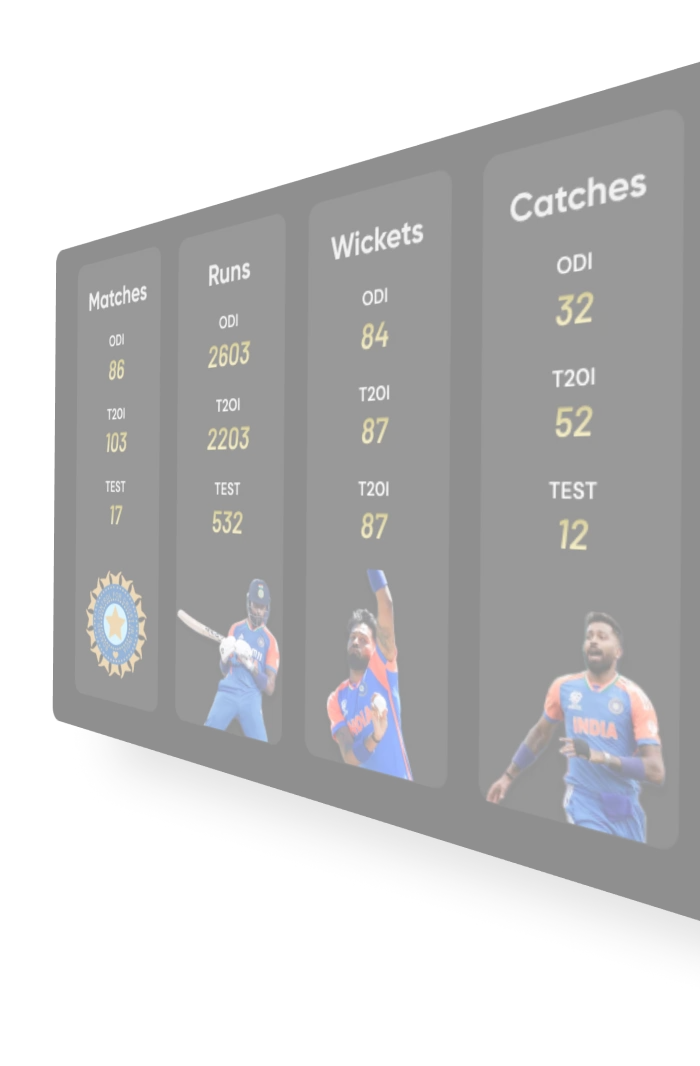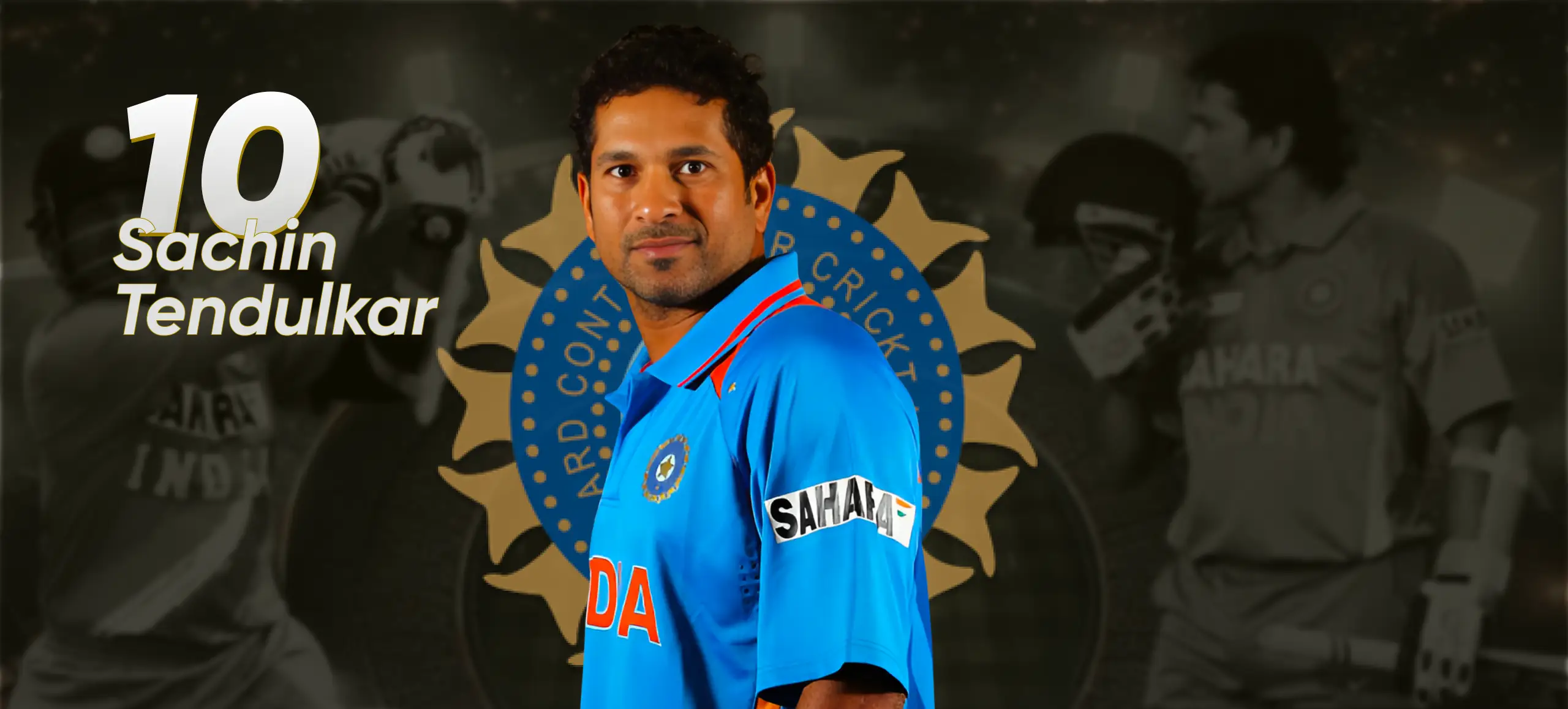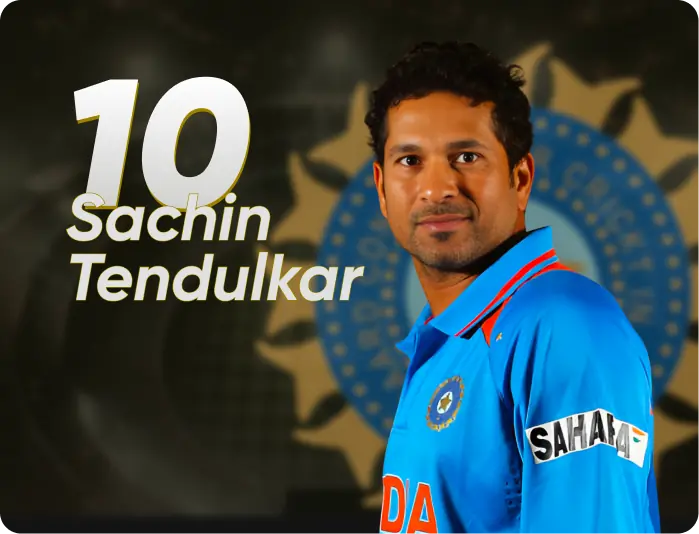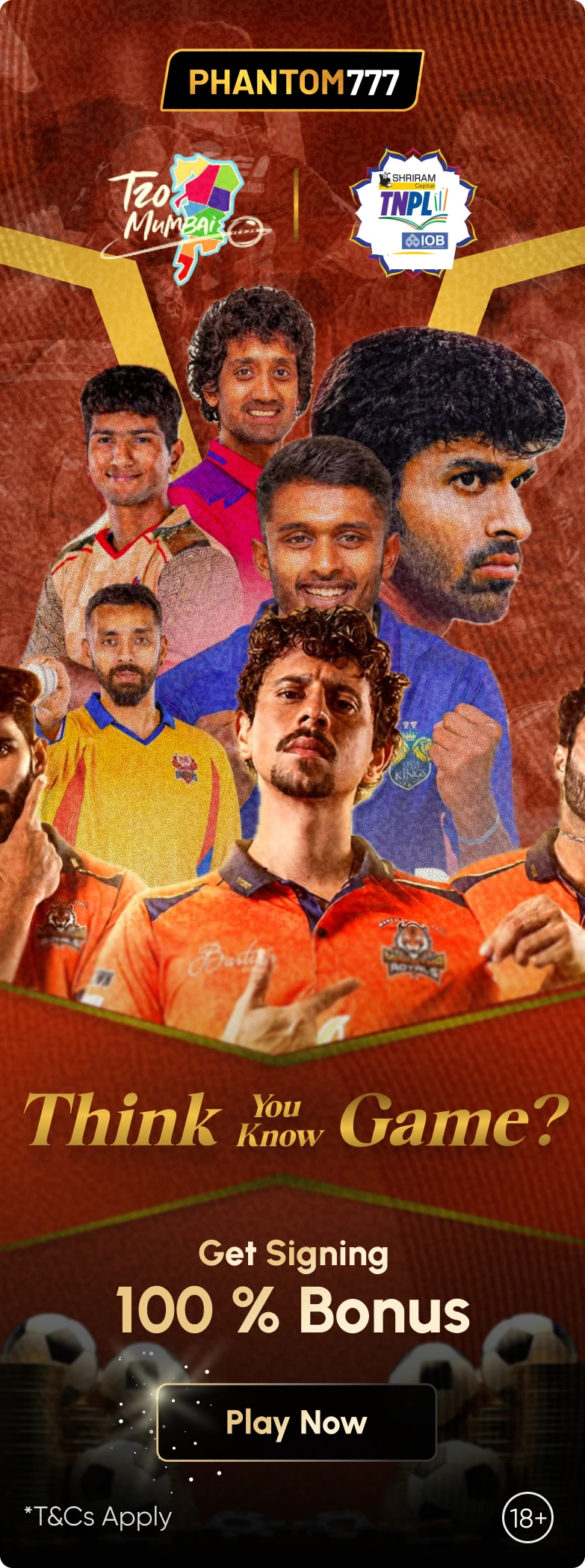
Table Of Contents
Sachin Tendulkar Birth and Early Life
Sachin Tendulkar was born on the 24th of April in 1973 in Dadar, Bombay (now Mumbai). Sachin’s father, Ramesh Tendulkar was a novelist and poet in the Marathi language. His mother, Rajni Tendulkar worked as an insurance agent. Sachin also has three older siblings. He has two half-brothers, Nitin Tendulkar and Ajit Tendulkar, and a half-sister, Savita Tendulkar. Sachin’s siblings were his father’s children from his first wife who died during the birth of the third child.
Sachin Tendulkar’s biography tells us that during his formative years, he lived at the Sahitya Sahawas Cooperative Housing Society in Bandra. Sachin Tendulkar’s biography tells how the former Indian cricketer was a bully and would often tease new joiners at his school. He loved both tennis and cricket as sports when he was a kid.
Sachin Tendulkar early years as a cricketer
Sachin’s brother, Ajit introduced him to cricket to prevent him from being a nuisance in his society and school. Ajit took Sachin to Shivaji Park in Dadar in 1984 where he introduced the former Indian batter to Ramakant Achrekar. Sachin did not have a great first impression on Achrekar and the cricket coach believed that the 11-year-old was too young to join the camp. However, when he gave Sachin a second chance and hid behind a tree, the right-handed batter played with more confidence and freedom. Seeing this, Sachin was accepted into the academy. The time he spent at the Shivaji Park with Achrekar is an important part of Sachin Tendulkar’s biography.
Achrekar was pretty impressed with Tendulkar’s technique at such a young age and even asked him to switch schools. He asked Tendulkar to move from the Indian Education Society's New English School to Sharadashram Vidyamandir School. Sharadashram Vidyamandir School had already produced some notable cricketers. The move of schools from Bandra to Dadar meant that Tendulkar shifted from his parent’s house to live with his aunt and uncle.
Tendulkar would practice at Shivaji Park with Achrekar for hours in the morning and then in the evenings after school. When Sachin would feel exhausted from the excessive training, Achrekar would put a one-rupee coin on one of the stumps. If a bowler managed to dismiss they would earn the rupee as a reward, however, if Sachin managed to remain unbeaten throughout the session he would win the coin. The ‘God of Cricket’ has admitted to the fact that the 13 coins he earned at practice are some of his most prized possessions.
Besides school cricket, Sachin also played club cricket in the Kanga Cricket League for the John Bright Cricket Club and the Cricket Club of India. In 1987, Sachin also attended the MRF Pace Foundation in Madras. The trainer at the Pace Foundation was Australian fast bowler, Dennis Lillee. He was unimpressed by Tendulkar’s fast-bowling abilities and advised him to focus on his batting.
Sachin Tendulkar’s biography shows how he played for Pakistan as a substitute fielder for Imran Khan at the Brabourne Stadium in 1987. He was also gifted a pair of lightweight pads by Sunil Gavaskar. During the semi-final clash between India and England at the 1987 Cricket World Cup in the Brabourne Stadium, Sachin was the ball boy. In 1988, while playing for his school team, Sharadashram, Tendulkar and Vinod Kambli shared a record unbeaten 664-run partnership that brought the limelight on the two young cricketers. A year later Tendulkar made his debut for the Indian cricket team.
Sachin Tendulkar Personal Information
Being arguably the greatest cricketer of all time has meant that Sachin Tendulkar’s biography is highly followed by his fans even though he retired from international cricket in 2013.
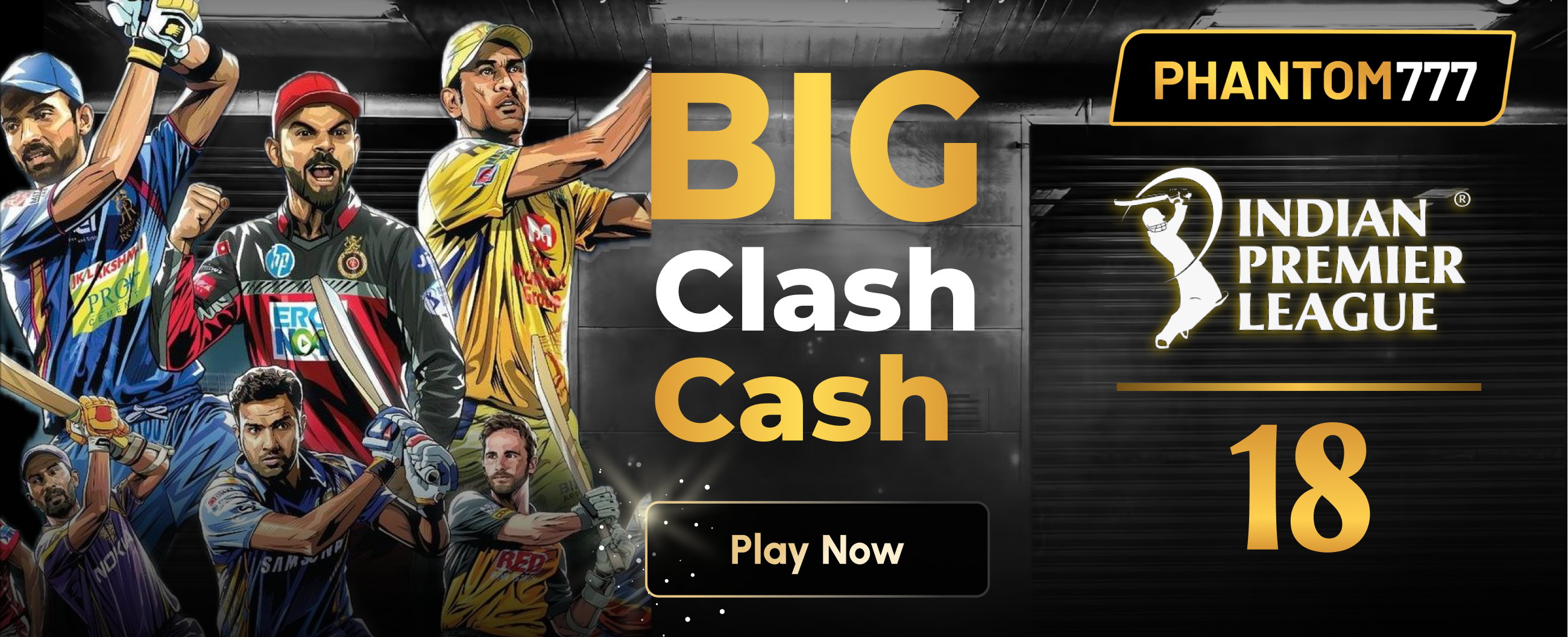
Sachin Tendulkar Family
Family- mother, father, sister and brother
Sachin Tendulkar was born to parents, Ramesh Tendulkar and Rajni Tendulkar. Sachin’s father was a Marathi novelist and poet. Ramesh died during the 1999 Cricket World Cup at the age of 68 because of a heart attack. Sachin’s mother is a retired insurance agent. Interestingly, the first time Rajni saw her child play for India was Tendulkar’s last international match. Sachin has three elder siblings all from his father’s first marriage. Sachin’s brothers are Ajit and Nitin while his sister is named Savita. Sachin credits Ajit for whatever he has achieved on the field as he was the one who introduced him to cricket.
Spouse and Children
Sachin married Anjali on the 24th of May in 1995. Anjali was a pediatrician whom he met in 1990. She forgo her medical career after their marriage. Their first child was their daughter, Sara Tendulkar, born on the 12th of October in 1997. Sachin and Anjali’s second child was their son, Arjun Tendulkar, born on the 24th of September in 1999. Like his father, Arjun also plays cricket and has played for Sachin’s former team, Mumbai Indians in five matches.
Sachin Tendulkar Education
Sachin Tendulkar’s biography tells us how he was not a bright student in school as most of his time was spent on cricket grounds. The ‘God of Cricket’ was only 16 years old when he debuted for India. He only studied till class 12th at Sharadashram Vidyamandir School.

Sachin Tendulkar Records and Awards
Sachin Tendulkar’s biography tells how the former cricketer has won multiple awards including national and international honors. Here are the records and awards won by Tendulkar:
Sachin Tendulkar Records
Sachin Tendulkar has the record for scoring the most runs in test cricket. The former right-handed batter scored 15,921 runs.
Sachin Tendulkar with 51 centuries holds the record for the most tons in test cricket.
The little master with 119 half-centuries has the record for scoring the most fifties in test cricket.
With more than 2058 fours in test cricket, Sachin has the record for scoring the most fours in tests.
Sachin Tendulkar jointly holds the record for scoring 10,000 runs fastest. He reached the milestone in 195 innings, the same as what Brian Lara needed.
Sachin Tendulkar is the fastest player to score 13,000 runs in test cricket. He reached the milestone in 266 innings.
Sachin Tendulkar holds the record for playing the most matches in test cricket. He has played 200 matches in the format.
Sachin Tendulkar has the record for scoring the most runs in ODIs. The ‘God of Cricket’ scored 18,426 runs in the format.
He was the first player to score a double century in ODIs. He reached the historic figure on the 24th of February in 2010 against South Africa.
Sachin Tendulkar holds the record for scoring the most runs in a calendar year in ODIs. The Indian batter scored 1,894 runs in 1998 in 34 matches.
Sachin Tendulkar has the record for scoring most centuries in a calendar year in ODIs. He scored nine tons in 1998.
Sachin Tendulkar has scored the most half-centuries in ODIs. The top-order batter has 145 fifties to his name.
With 2016 fours, Sachin Tendulkar holds the record for scoring the most fours in ODIs.
Sachin Tendulkar has the record for scoring 14,000 runs fastest. He reached the milestone in 350 innings.
Sachin Tendulkar with 463 matches has the record for playing the most matches in ODIs.
In his illustrious career, Sachin Tendulkar won 62 Player of the Match awards in ODIs. He holds the record for winning the award the most amount of times.
Sachin Tendulkar also won 15 Player of the Series awards in ODIs which is the record for winning the award most amount of times.
Sachin Tendulkar with a career spanning 22 years and 91 days holds the record for the longest career in ODIs.
Sachin Tendulkar has the most runs in international cricket. The former batter has scored 34,357 runs in his career.
Sachin Tendulkar has the record for scoring the most centuries in international cricket. The 51-year-old scored 100 tons during his career.
Sachin Tendulkar in 1998 scored 12 centuries in international cricket which is the record for the most in a calendar year.
Sachin Tendulkar with 20 centuries against Australia holds the record for scoring the most centuries in international cricket against a single team.
With 164 half-centuries to his name, Sachin Tendulkar holds the record for scoring the most amount of fifties in international cricket.
Sachin Tendulkar holds the record for hitting the most fours in international cricket with more than 4,076 fours.
Sachin Tendulkar holds the record for playing the most international matches in a career. He has played 664 matches for India.
Sachin Tendulkar has the record for winning the most Player of the Match awards in his career. He won the award 76 times.
Sachin Tendulkar National Awards
Sachin Tendulkar won the Arjuna Award in 1994. It is the second-highest sporting honor any Indian can win.
Sachin Tendulkar won the Khel Ratna Award (now known as Major Dhyan Chand Khel Ratna Award) in 1997-98. It is the highest sporting honor any Indian can win.
Sachin Tendulkar won the Padma Shri Award in 1999. It is the fourth-highest civilian award any Indian can win.
Sachin Tendulkar won the Maharashtra Bhushan Award in 2001. It is the highest civilian award any Maharashtrian can win.
Sachin Tendulkar won the Padma Vibhushan Award in 2008. It is the second-highest civilian award any Indian can win.
Sachin Tendulkar was named an Honourary Group Captain by the Indian Air Force in 2010.
Sachin Tendulkar won the Bharat Ratna Award in 2014. It is the highest civilian award any Indian can win.
Sachin Tendulkar was made an Honourary Member of the Order of Australia in 2012.
Sachin Tendulkar Sporting Awards
Sachin Tendulkar was named the Wisden Cricketer of the Year in 1997.
Sachin Tendulkar was named the Wisden Leading Cricketer in the World in 1998 and 2010.
Mumbai Cricket Association in 2001 renamed a stand in the Wankhede Stadium after Sachin Tendulkar.
Sachin Tendulkar was named the Player of the Tournament in the 2003 ODI World Cup.
Sachin Tendulkar was named to the ICC World ODI XI three times in 2004, 2007, and 2010.
Sachin Tendulkar was named to the ICC World Test XI three times in 2009, 2010, and 2011.
Sachin Tendulkar won the Sir Garfield Sobers Trophy for the cricketer of the year in 2010.
Sachin Tendulkar won the Wisden India Outstanding Achievement award in 2012 for scoring his 100th century in international cricket.
Sachin Tendulkar was named the ESPNcricinfo’s cricketer of the generation in 2014.
Sachin Tendulkar was named to the ICC Cricket Hall Of Fame in 2019.
In 2023, on Sachin Tendulkar’s 50th birthday, West Stand at the Sharjah Cricket Stadium was renamed the Sachin Tendulkar Stand.
The Sydney Cricket Ground to commemorate Sachin Tendulkar’s 50th birthday named one of the gates after him.
Sachin Tendulkar Lifestyle
Sachin Tendulkar’s biography is evidence of the fact the legendary cricketer has led a simple life since retiring from the sport. However, retirement has not put a stop to his love of the game and he follows it closely. Often Sachin posts on social media expressing his views on matches. During the IPL, Sachin is a mentor/icon of his former team, Mumbai Indians.
Tendulkar lives with his family in Mumbai. He lives with his wife, Anjali, his children, Sara and Arjun, and his mother, Rajni. Through his foundation and with UNICEF, Sachin continues his philanthropic work. He provides nutritious meals to school kids across the country.
Sachin Tendulkar Favourites
Interesting Facts about Sachin Tendulkar
Sachin Tendulkar’s biography shows how the 51-year-old former cricketer has lived a fascinating life. Here are some of the interesting facts about Tendulkar.
Sachin Tendulkar’s father named him after musician, Sachin Dev Burman.
Sachin was a ballboy during the 1987 World Cup matches held in Mumbai.
Before debuting for India, Sachin played for Pakistan as a substitute fielder.
In spite of being a right-handed batter and bowler, Sachin is ambidextrous as he writes with his left hand.
Sachin Tendulkar’s first car was a Maruti 800 that he bought in the late 1980s.
Sachin in 1992 became the first player to be given out by the third umpire.
Sachin is passionate about collecting perfumes and watches.


